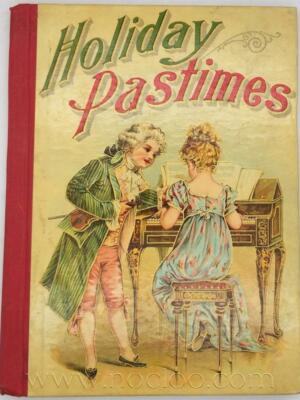The Story of Little Black Sambo (2003), reinterpreted and illustrated by Christopher Bing, is a controversial yet artistically significant revival of Helen Bannerman’s 1899 children’s tale. Bing—a Caldecott Honor-winning illustrator—transforms the original, racially problematic narrative into a visually stunning historical artifact by presenting it as a “lost” 19th-century storybook, complete with faux-aged pages, ornate Victorian typography, and meticulous ink-and-watercolor illustrations that evoke period travelogues.
Bing’s version contextualizes the story as a product of its colonial era while reclaiming its adventurous spirit. His Sambo is depicted with dignity and cultural specificity, set against lush Indian landscapes (Bannerman’s original setting, though often misappropriated). The book includes an author’s note addressing its racist legacy and the evolution of the term “Sambo,” inviting critical discussion about storytelling and representation.
This edition is prized by collectors for its book-as-object craftsmanship and as a teaching tool on how to engage with problematic classics.
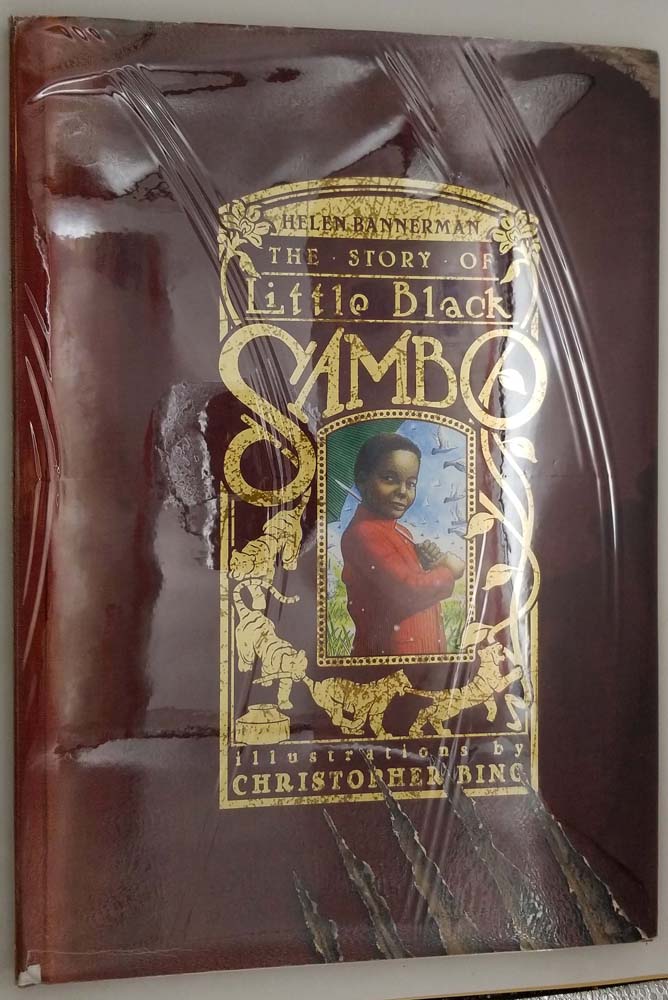
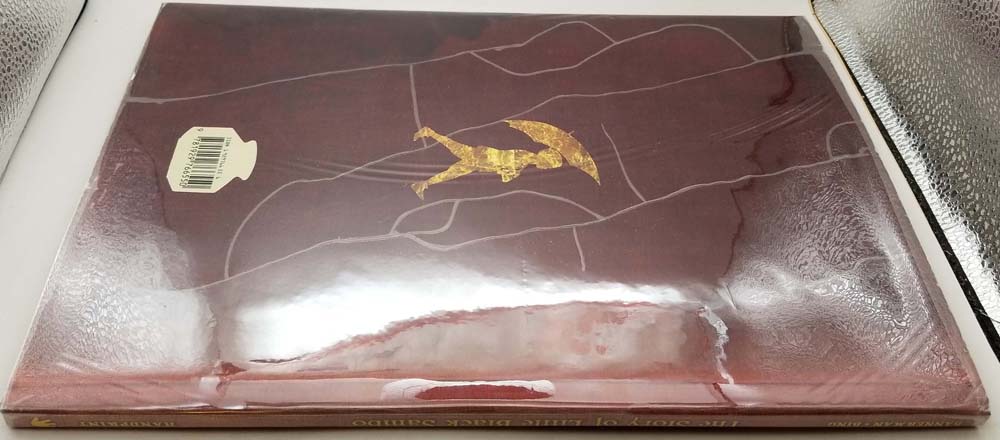
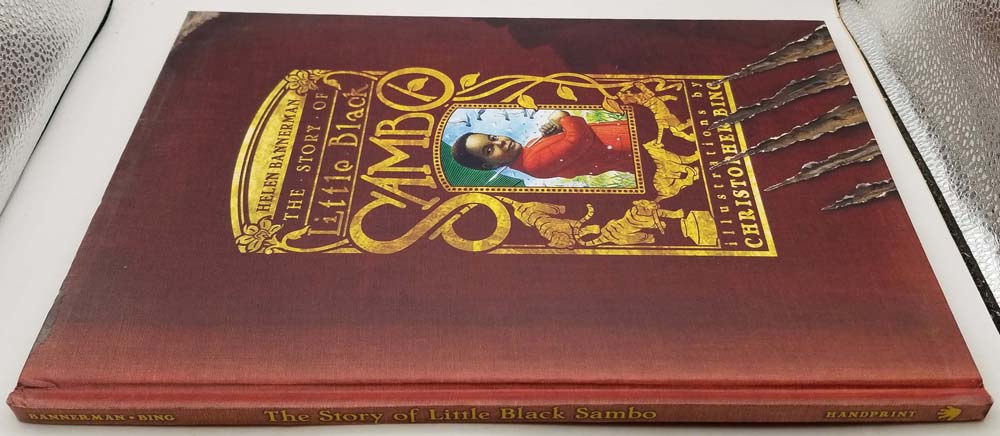
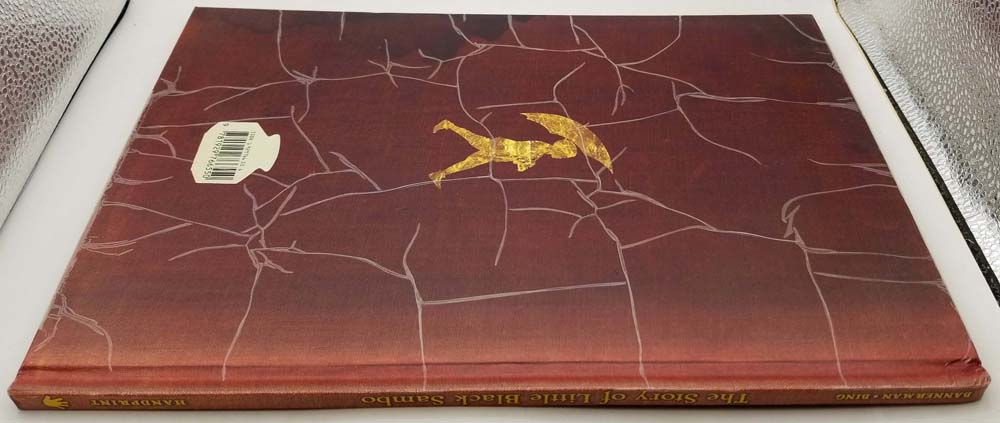
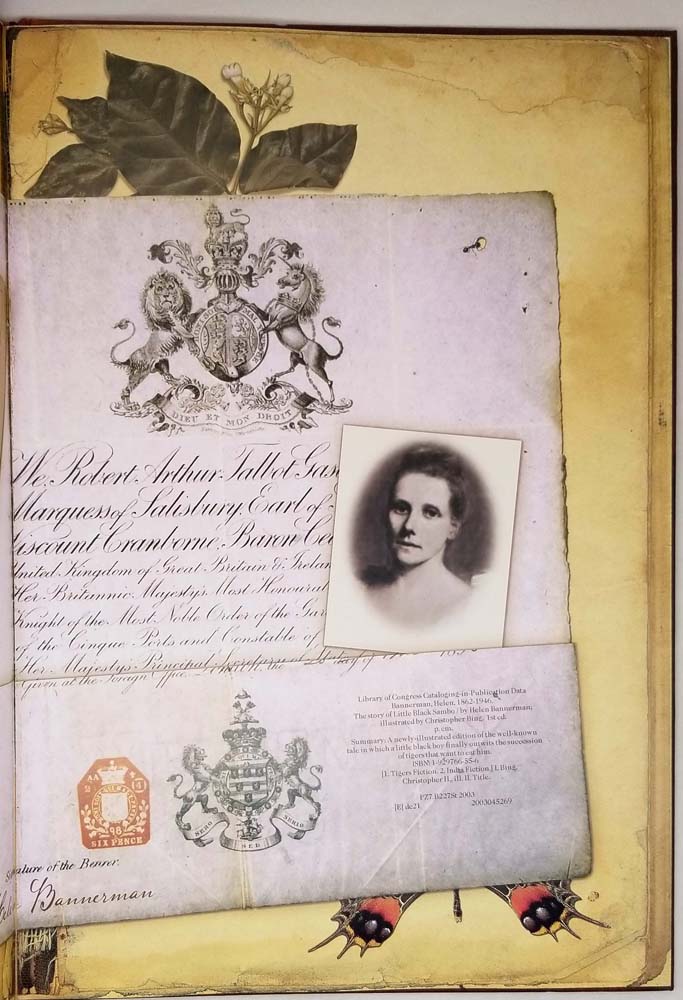
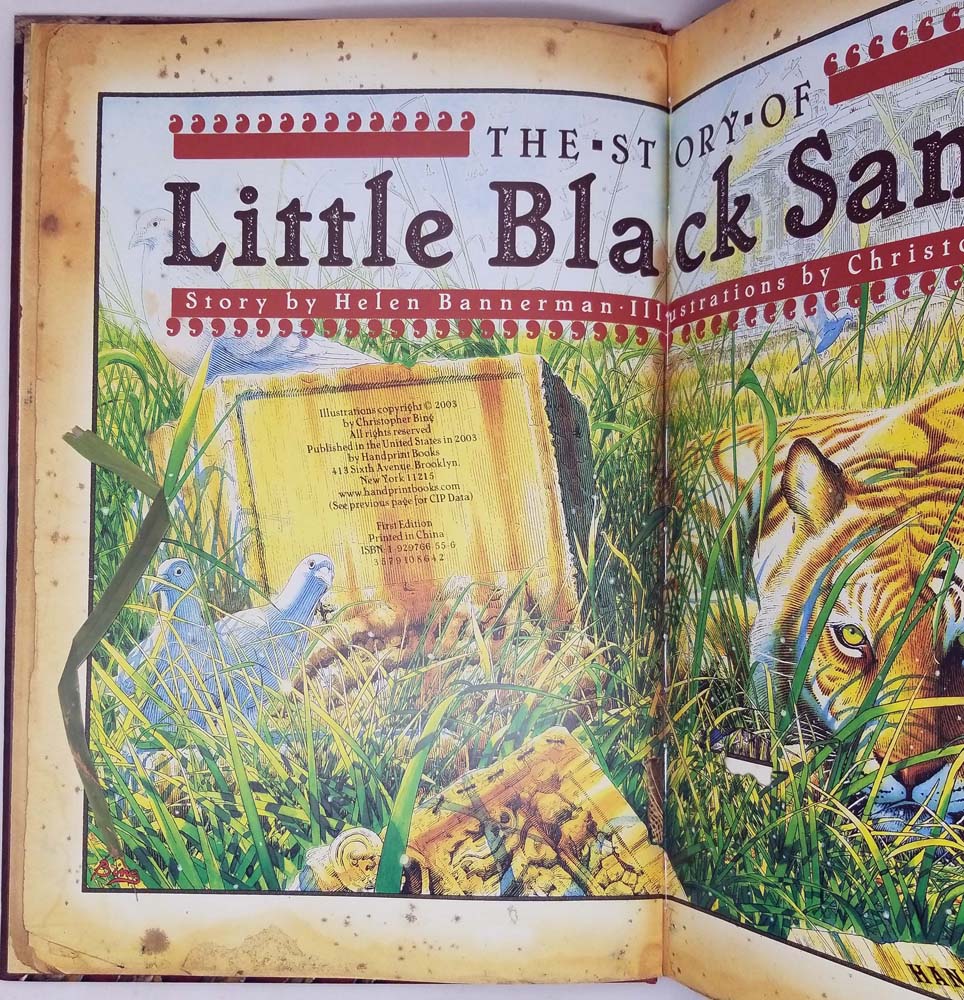
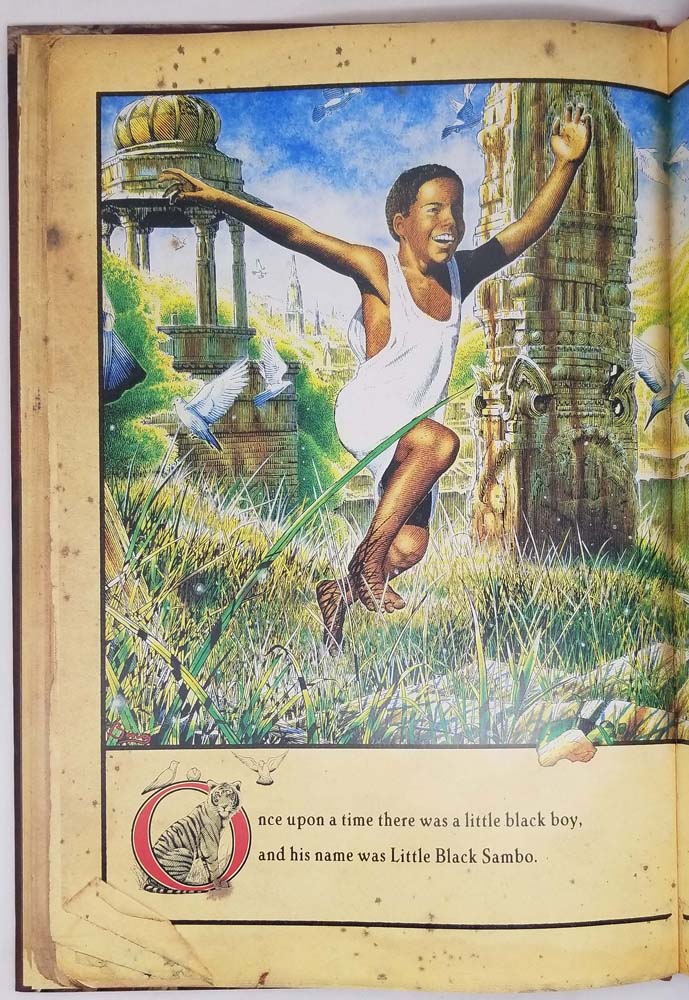
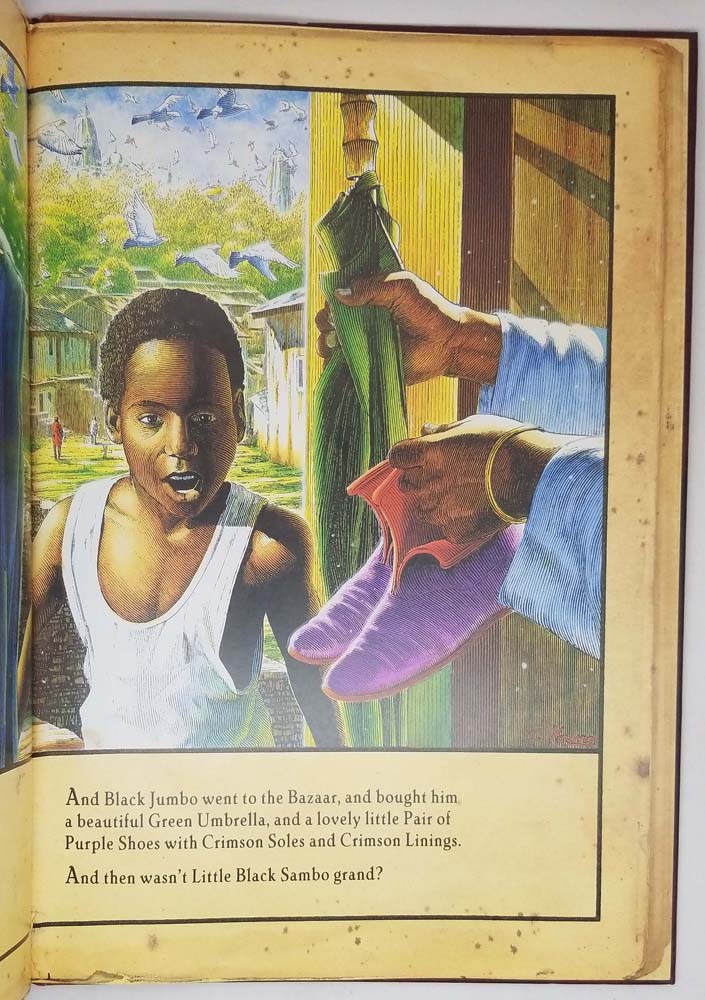
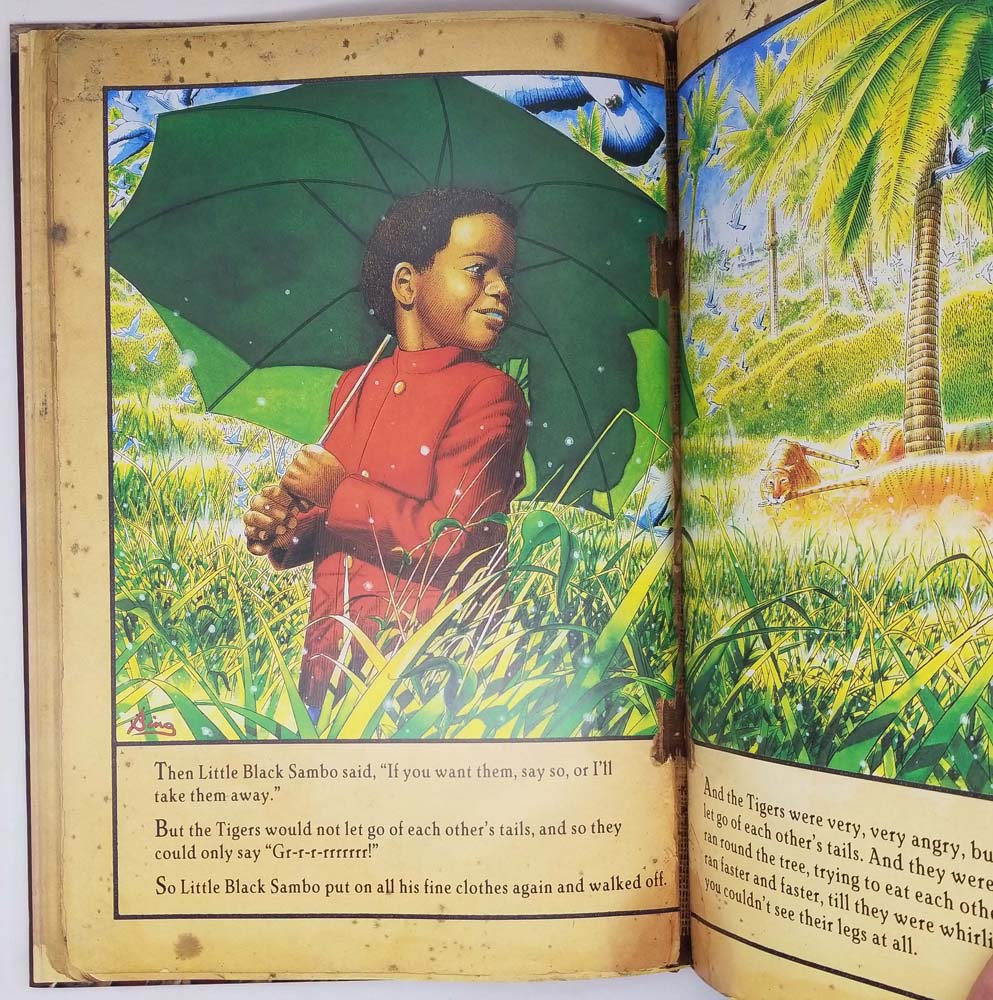
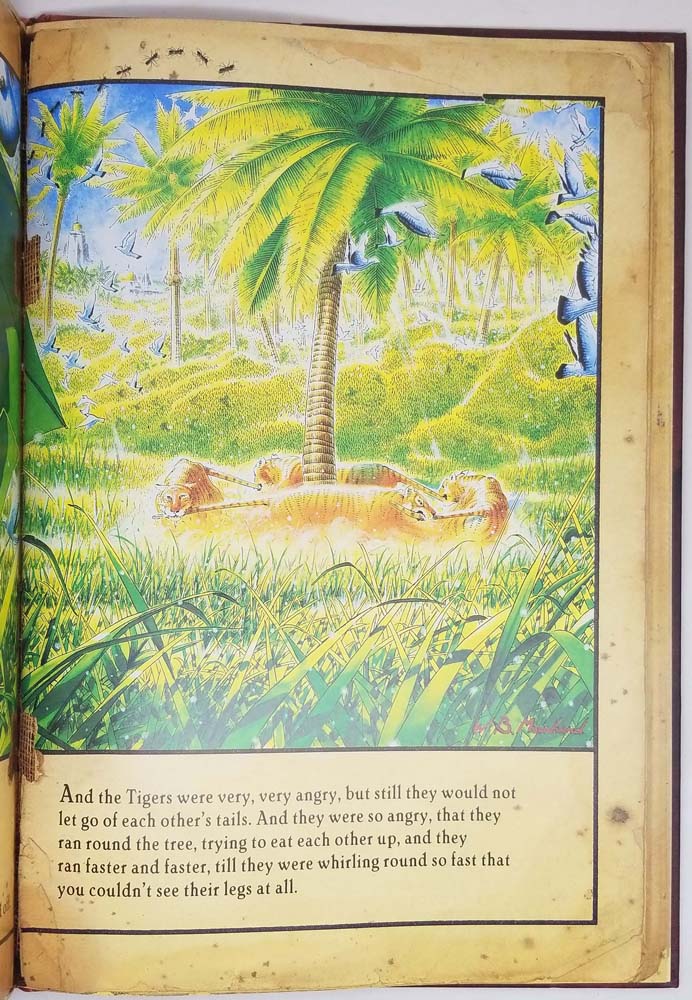
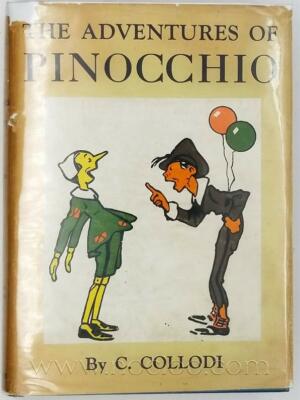
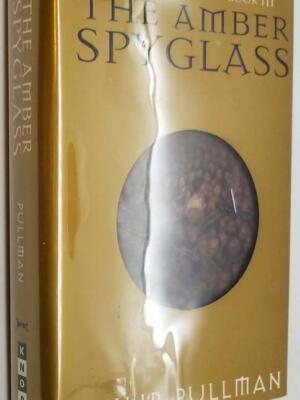

![A.A. Milne - When We Were Very Young 1924. First edition [1]](https://www.nocloo.com/wp-content/uploads/2020/07/aam-young1-300x400.jpg)
